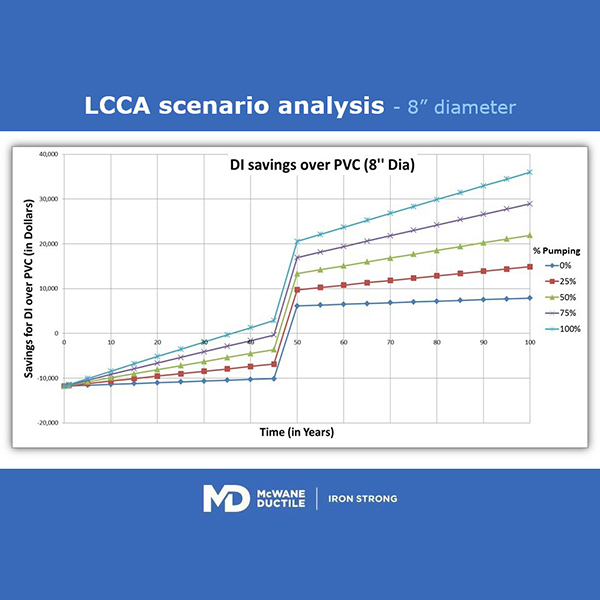The true value of a pipeline as an asset is based on several factors that impact its service life. This presentation explores the development of a model published by researchers from the University of Michigan in Ann Arbor that allows utilities and engineers to evaluate the total life cycle cost associated with a water transmission and distribution pipeline. Designed to compare ductile iron pipe (DI) versus polyvinyl chloride pipe (PVC), two of the most used pipe materials in the utility industry, this model includes and evaluates:
- The production and consumption of raw materials,
- design, installation, operation, and maintenance phases of a pipeline,
- the environmental impacts associated to each of these phases,
- planning for the end of a pipeline’s service life, and
- an evaluation of the environmental impacts related to building and/or replacing utility system pipelines.
-

Download Abstract

